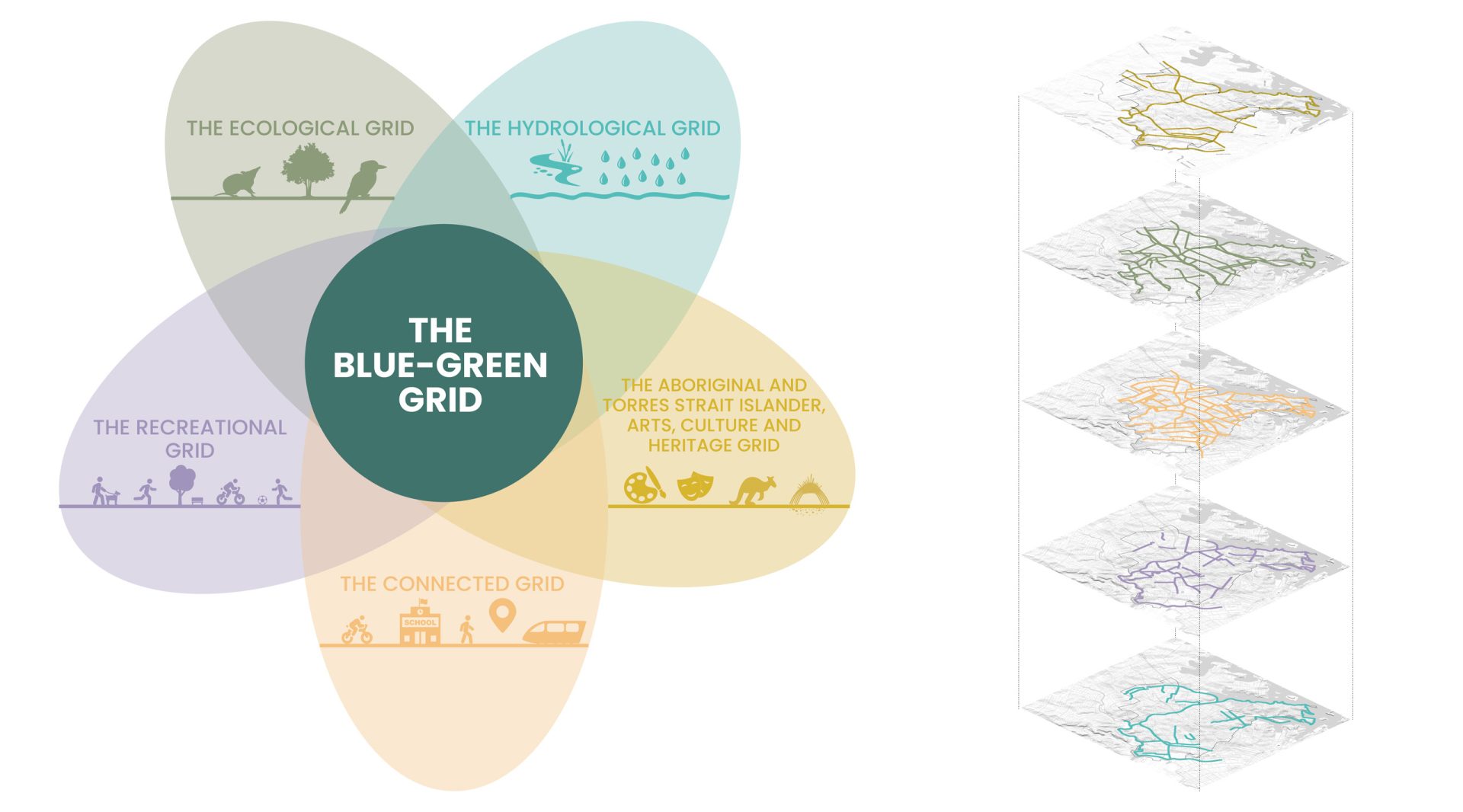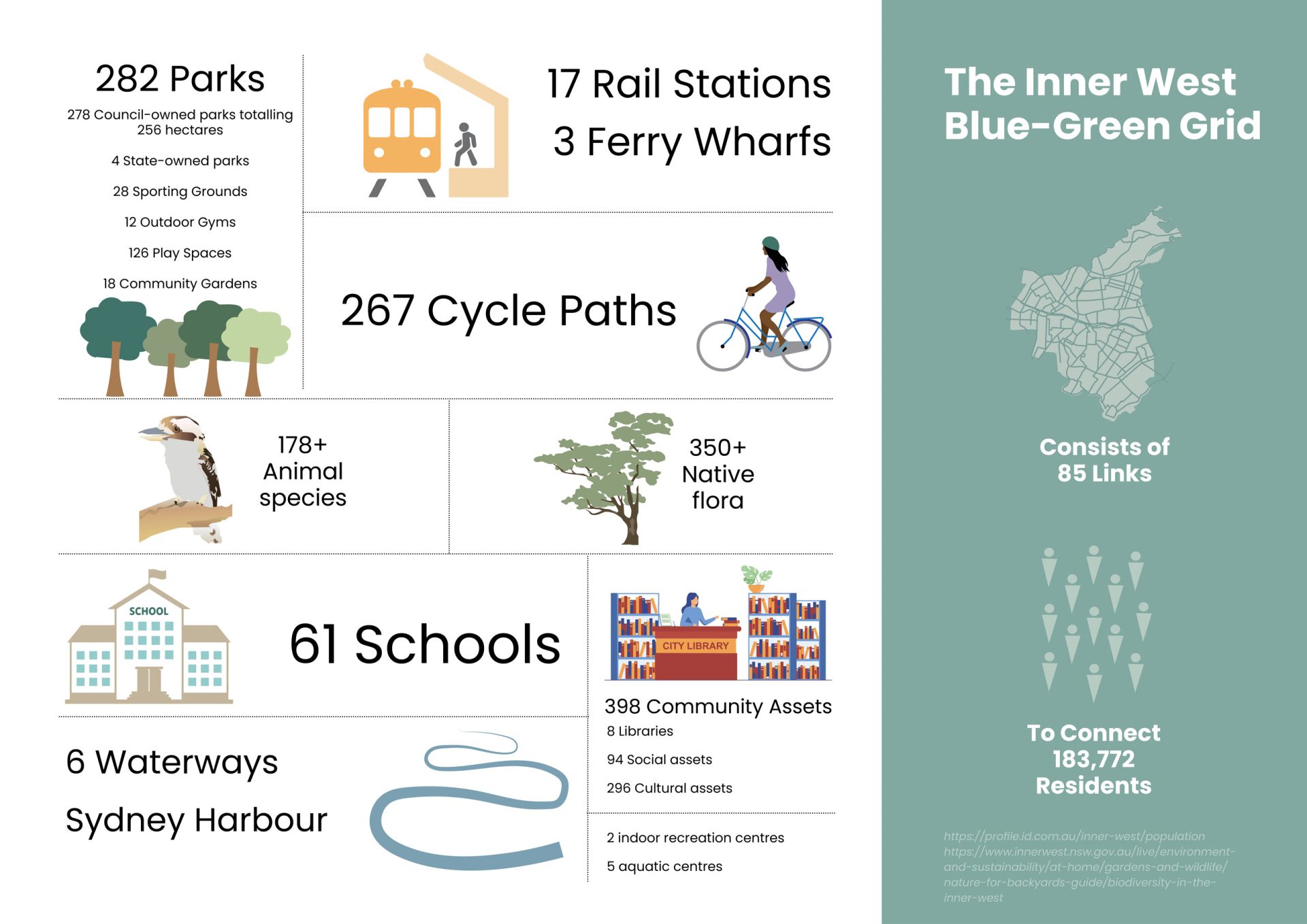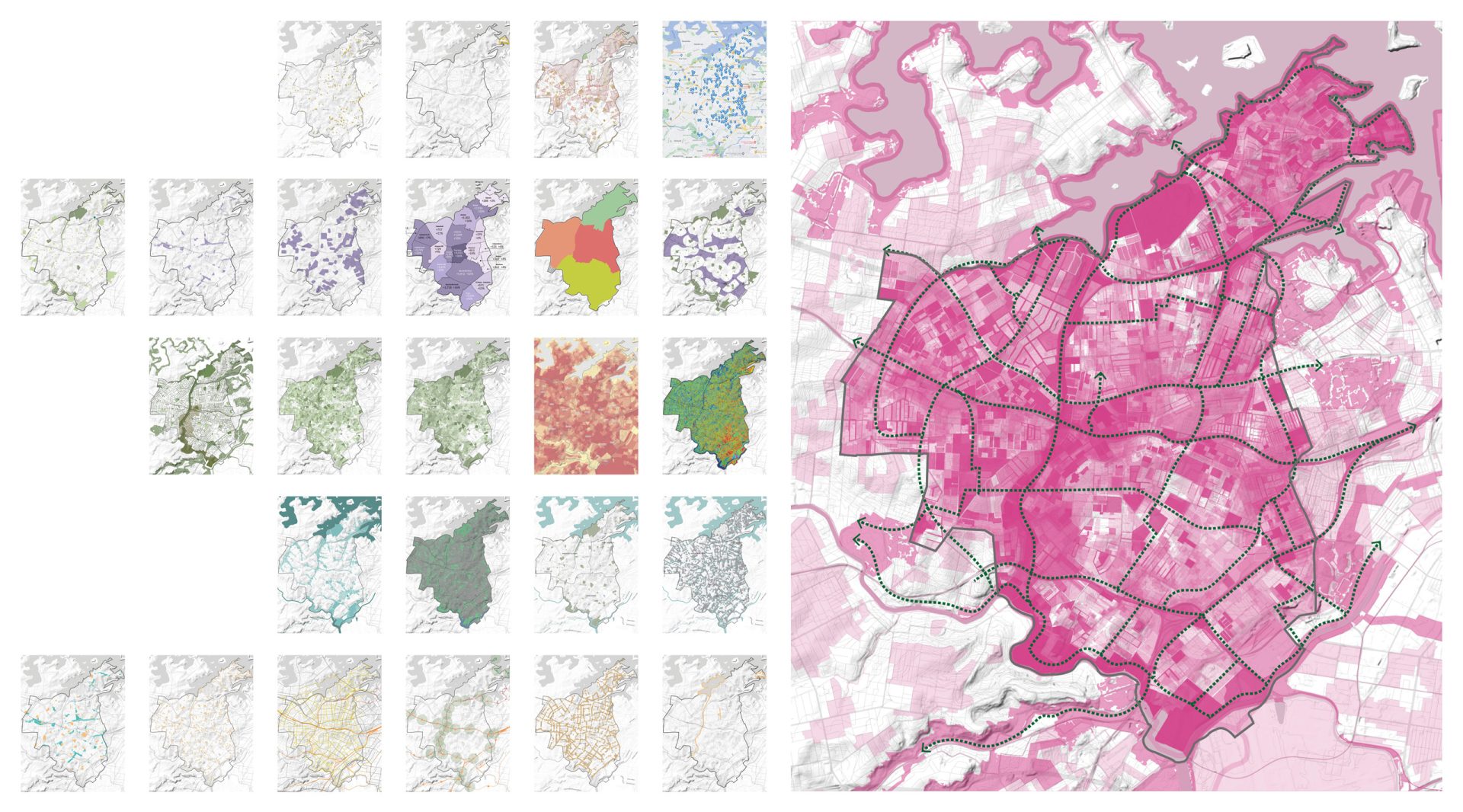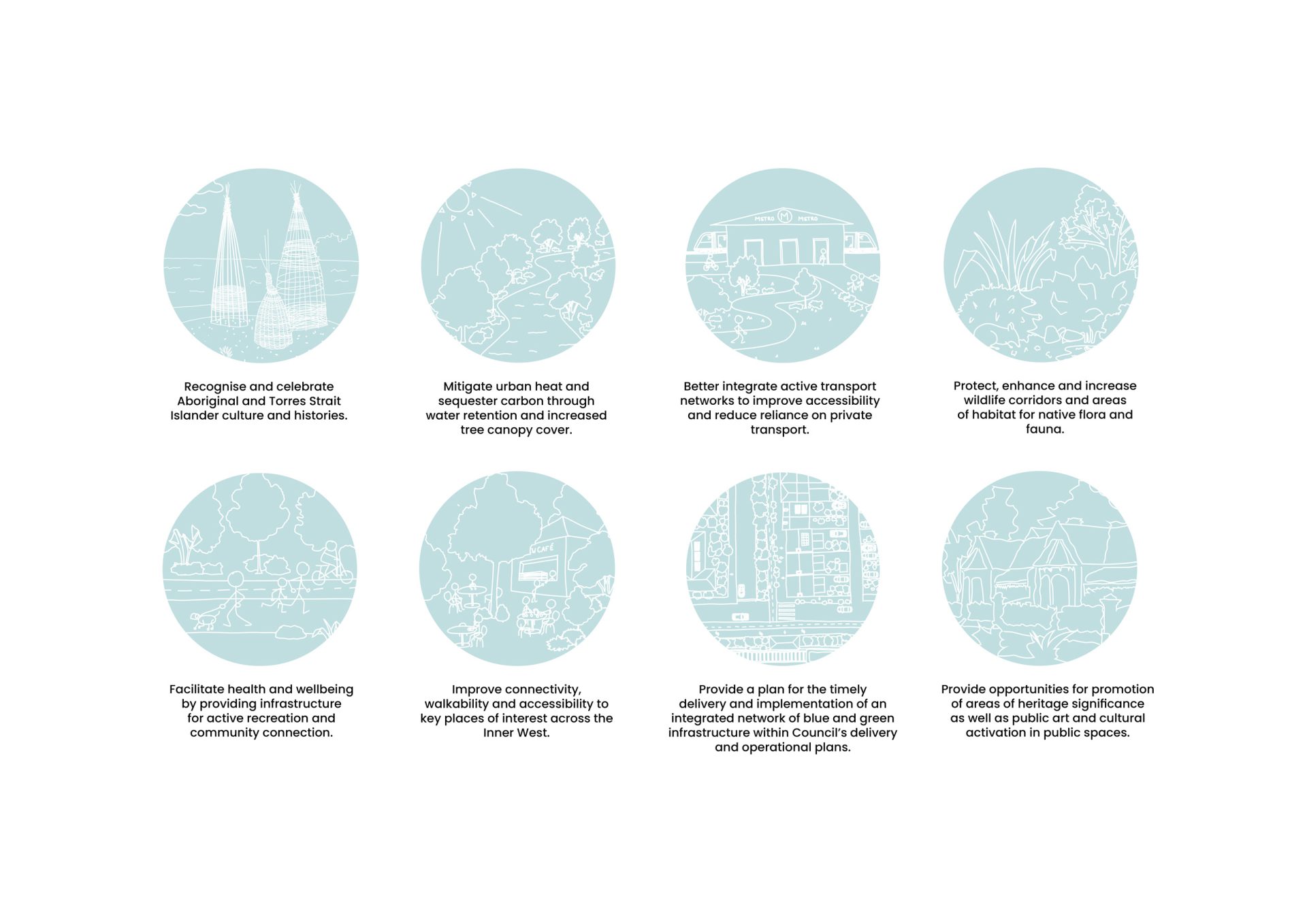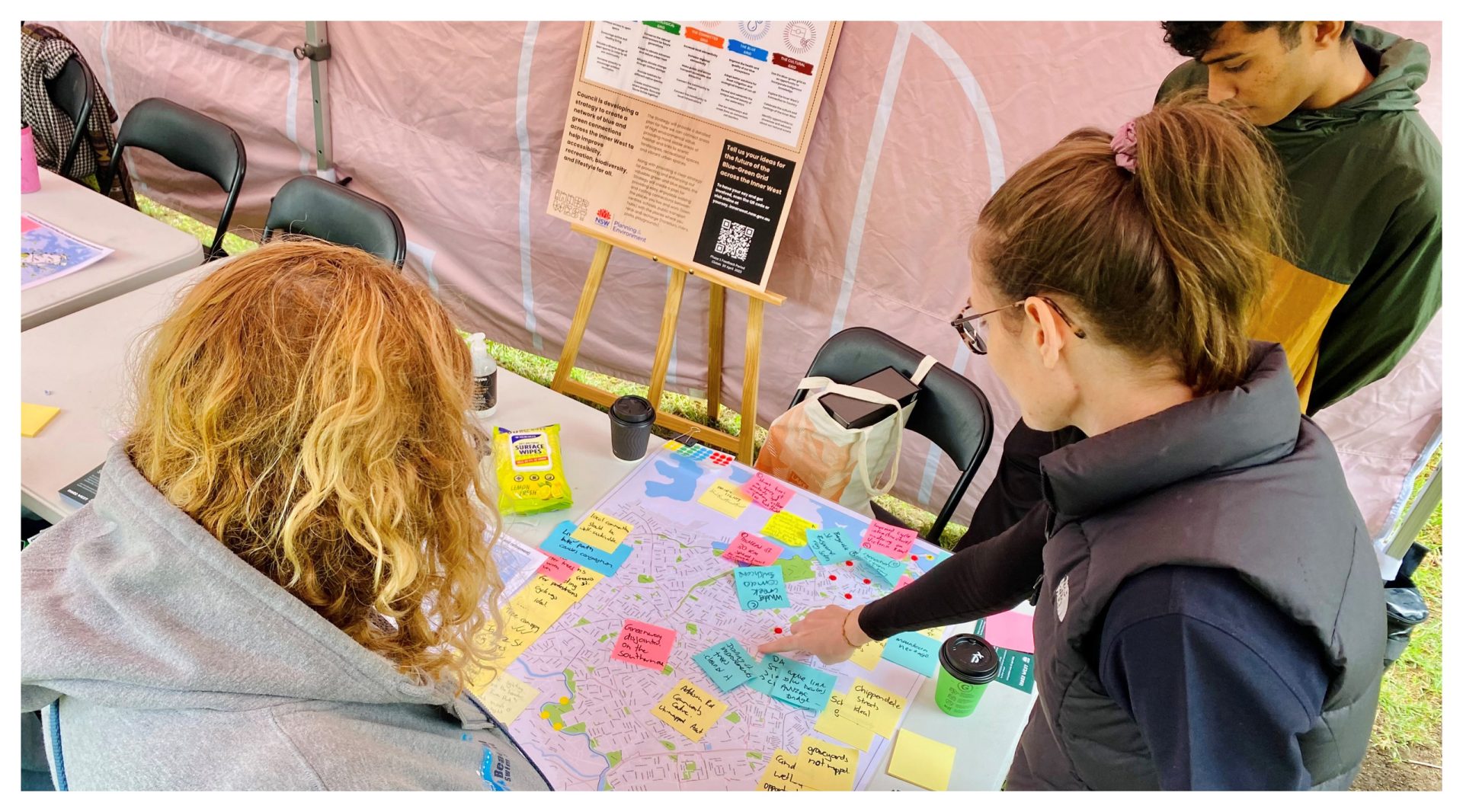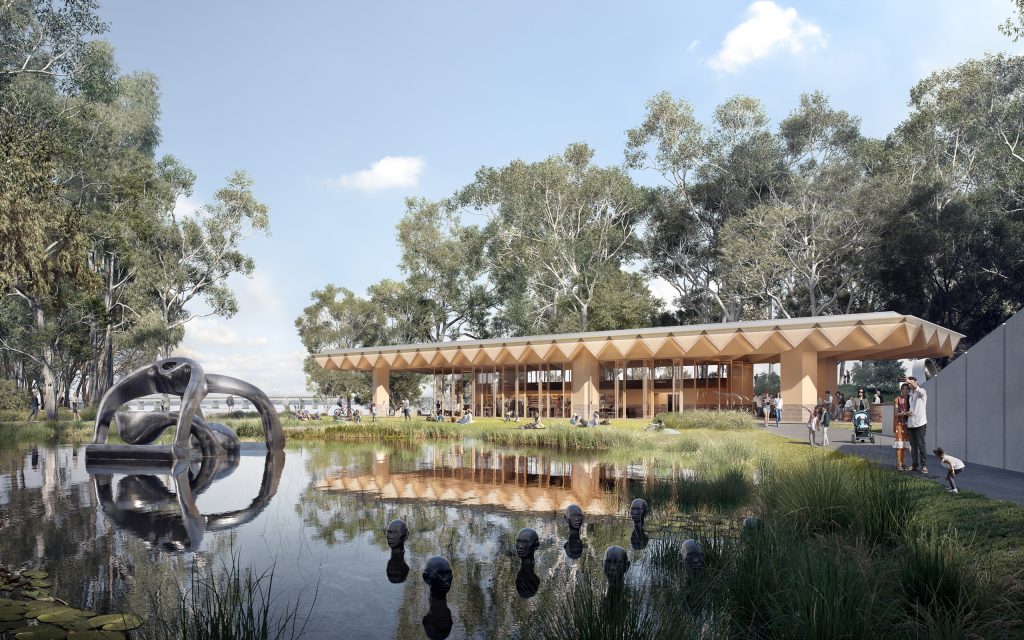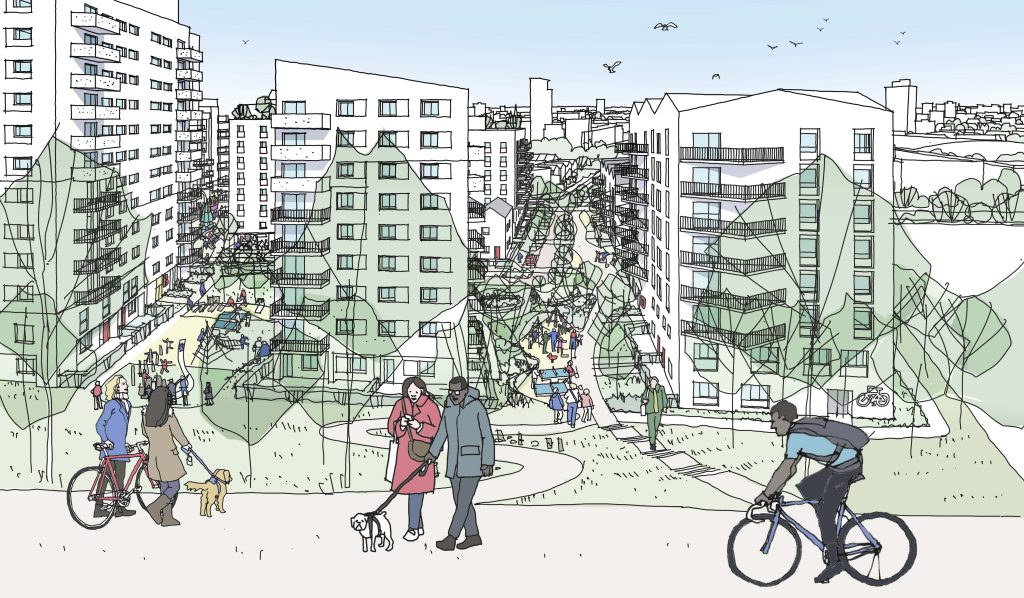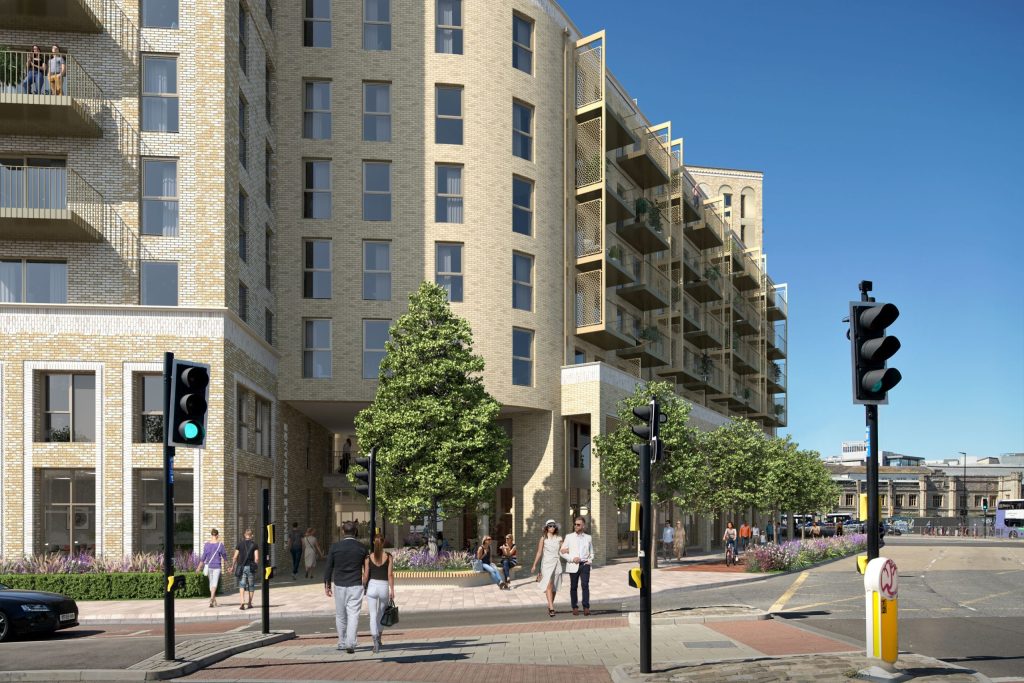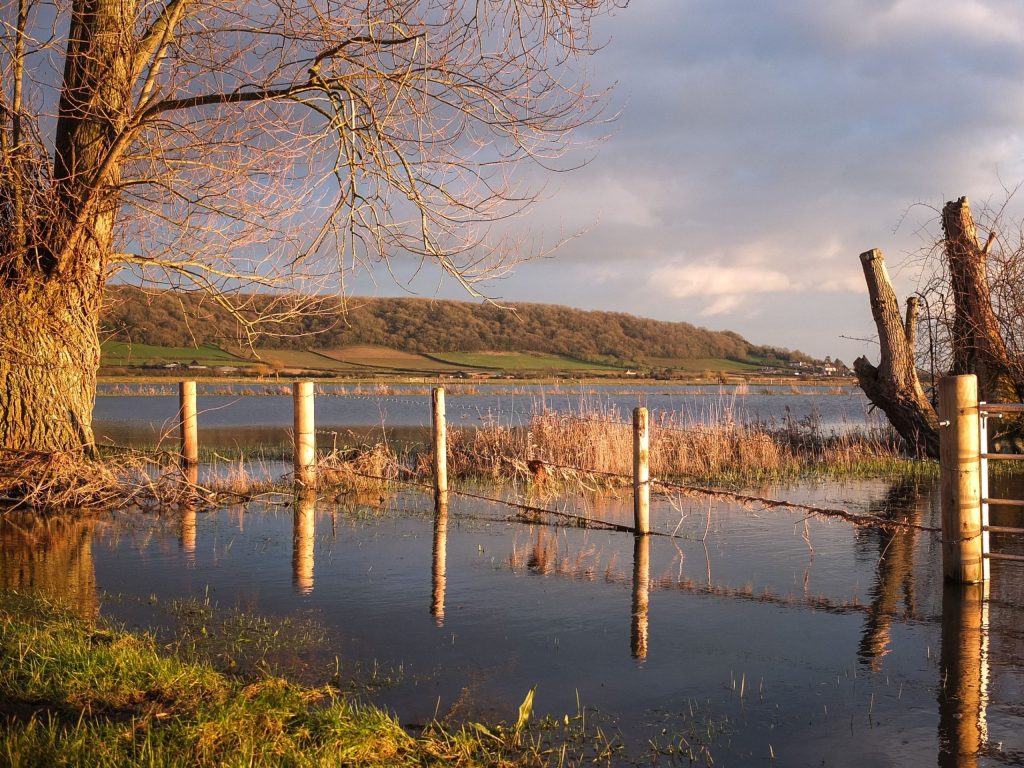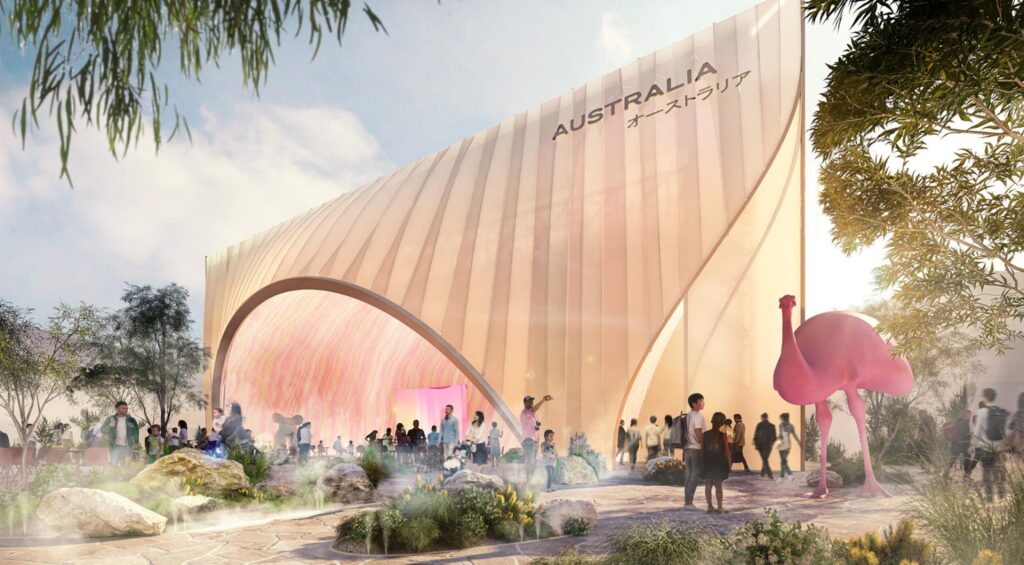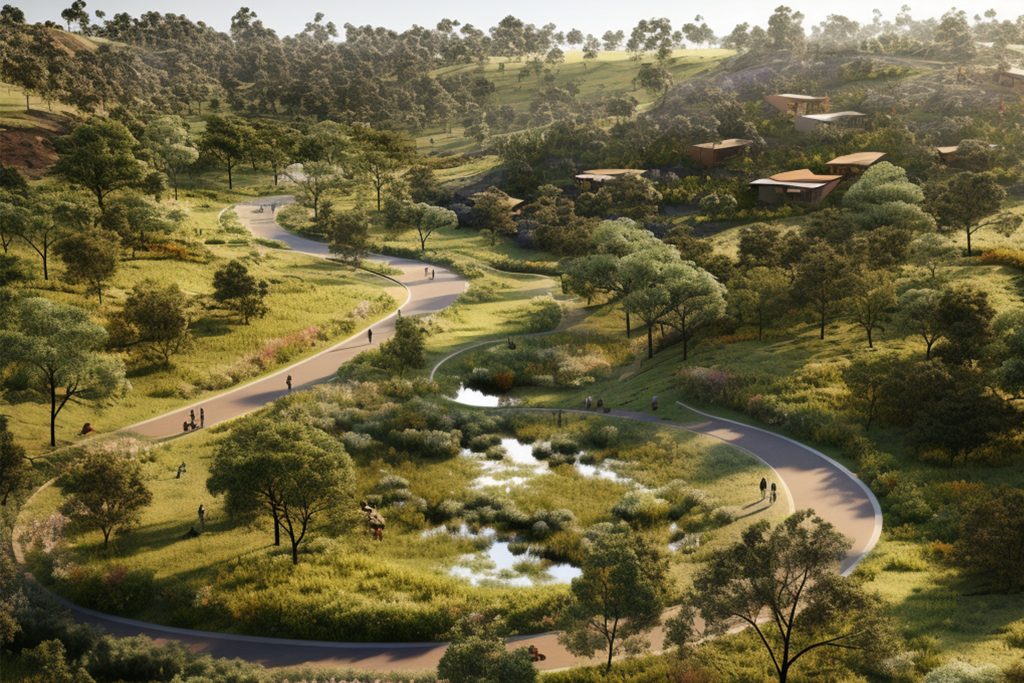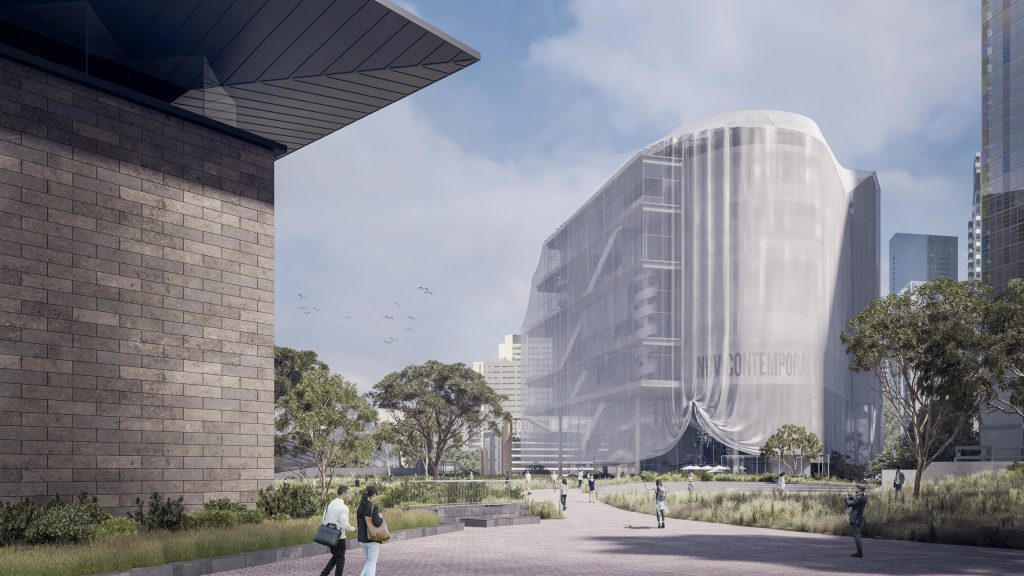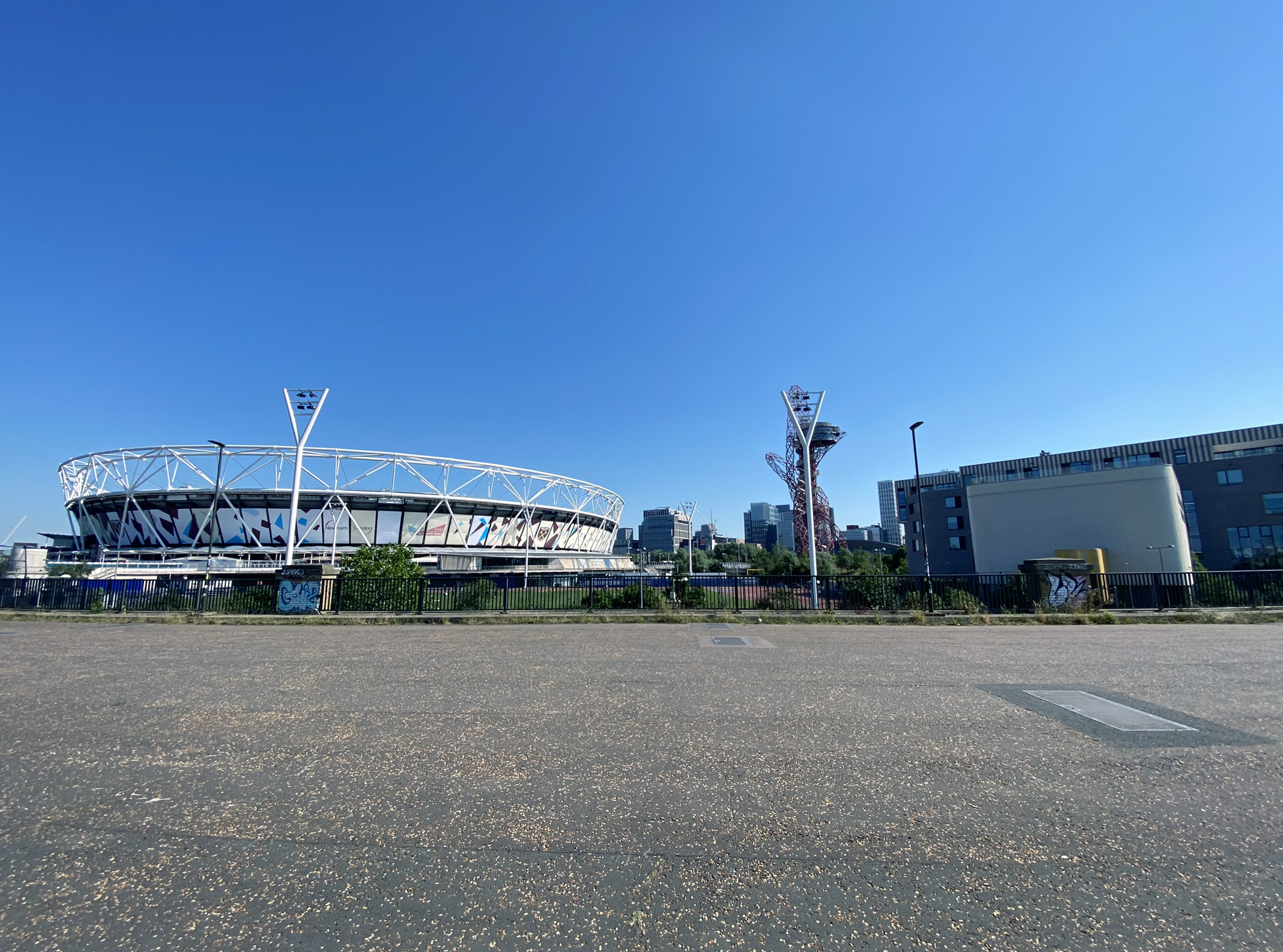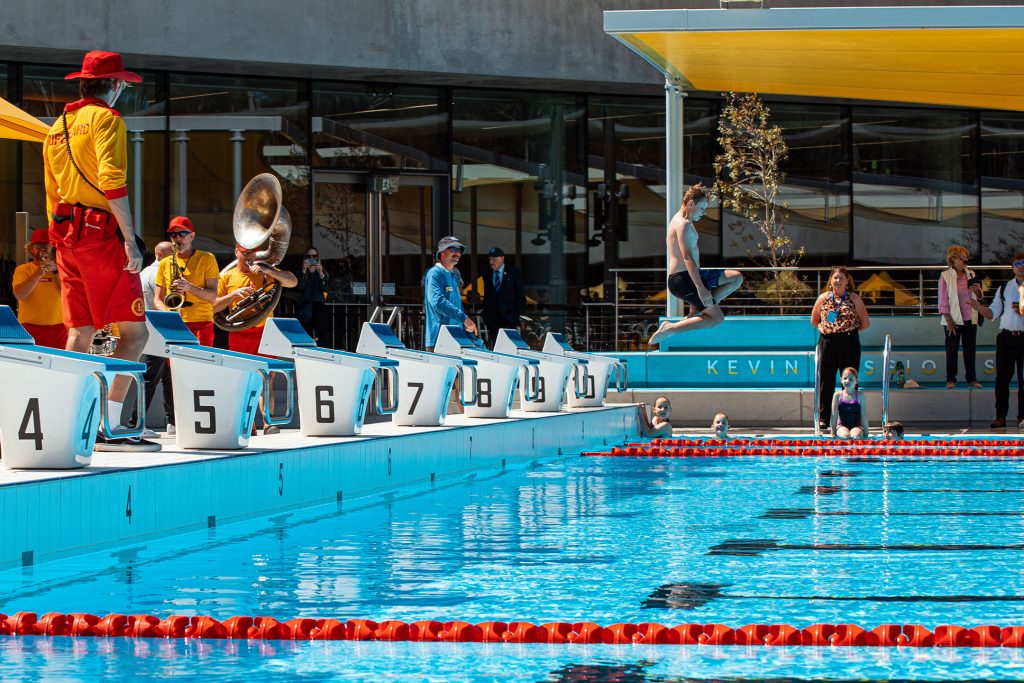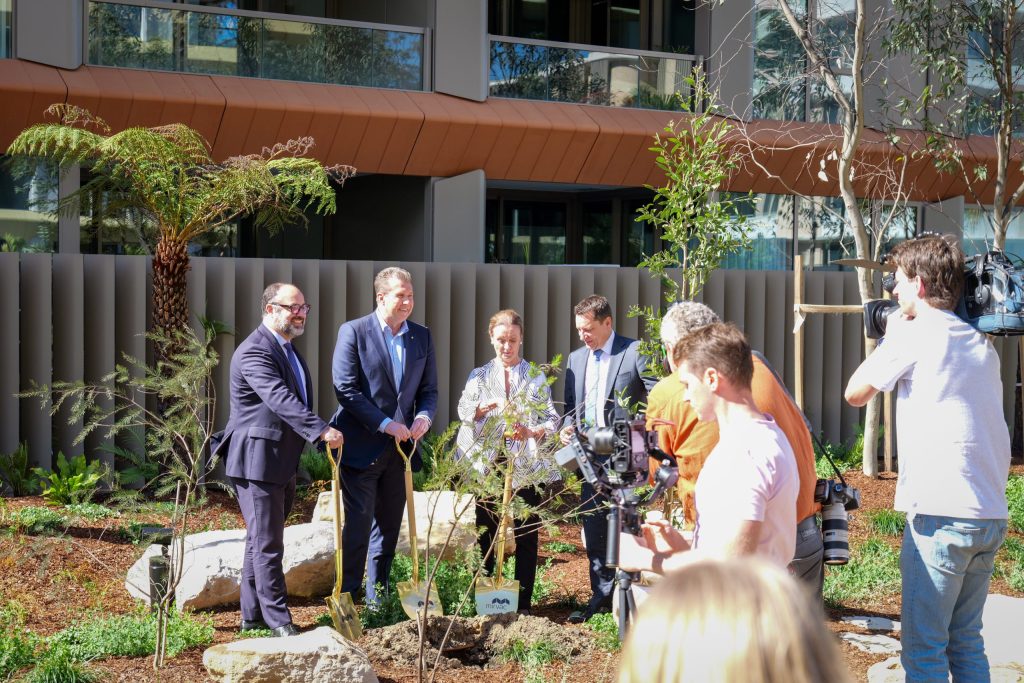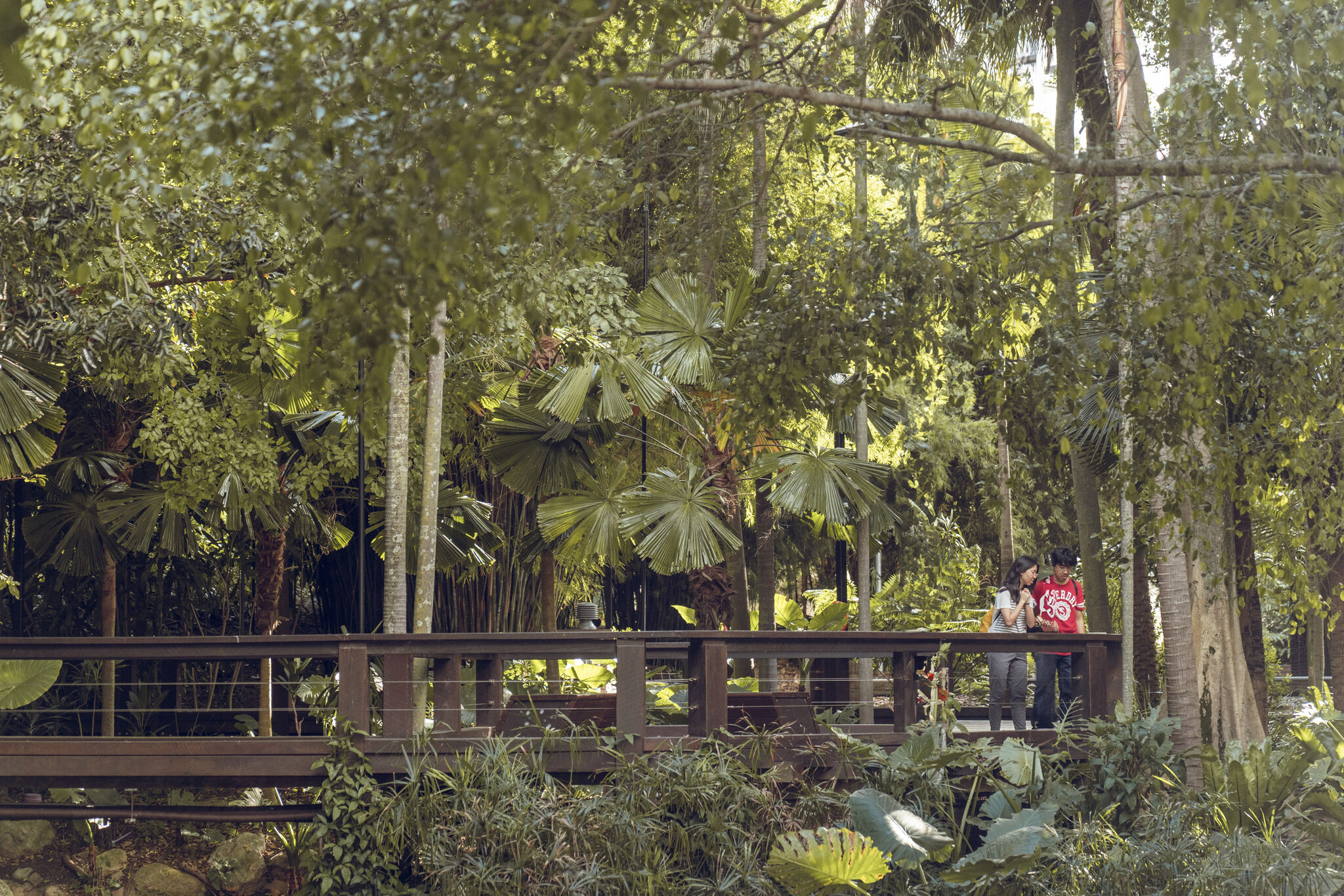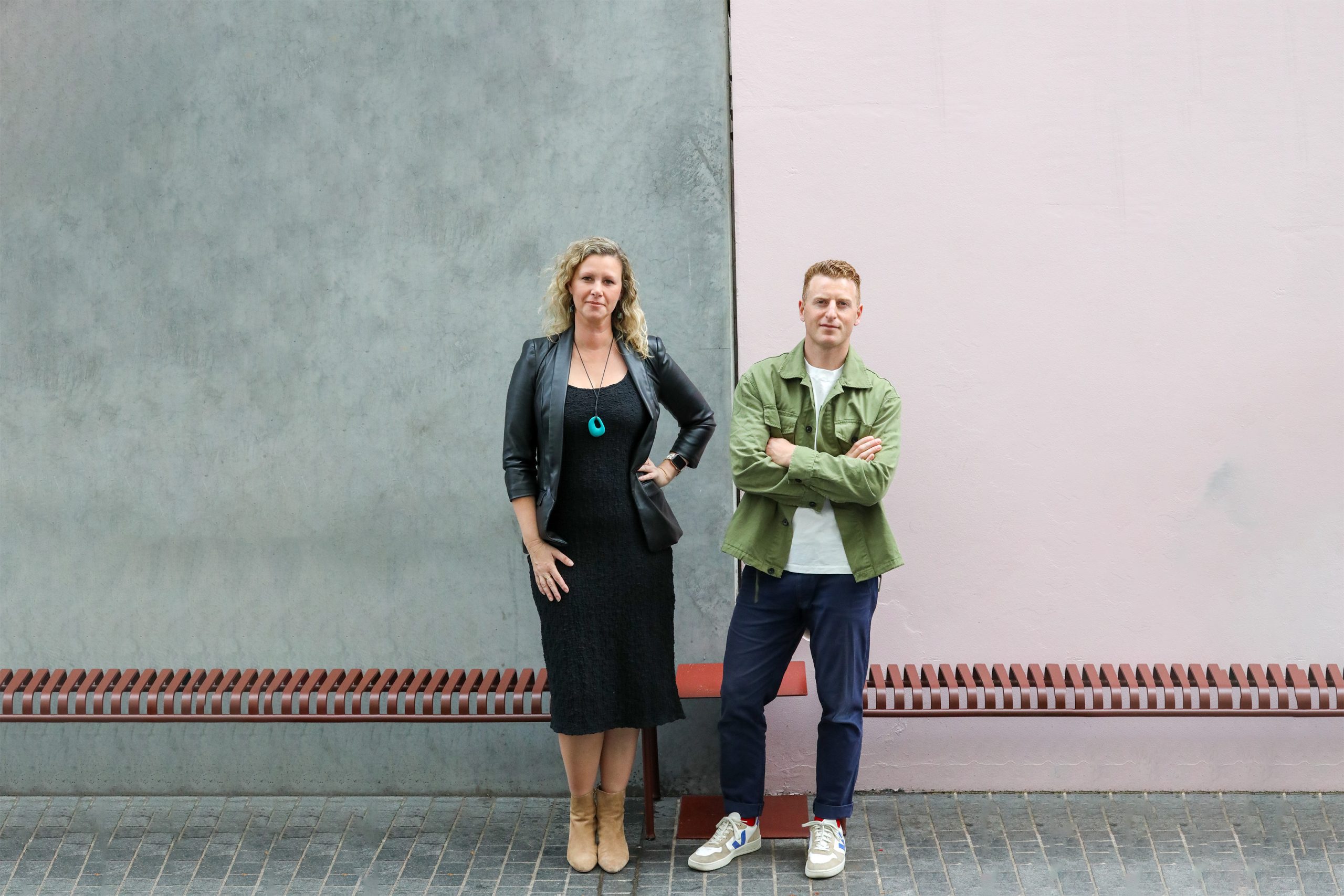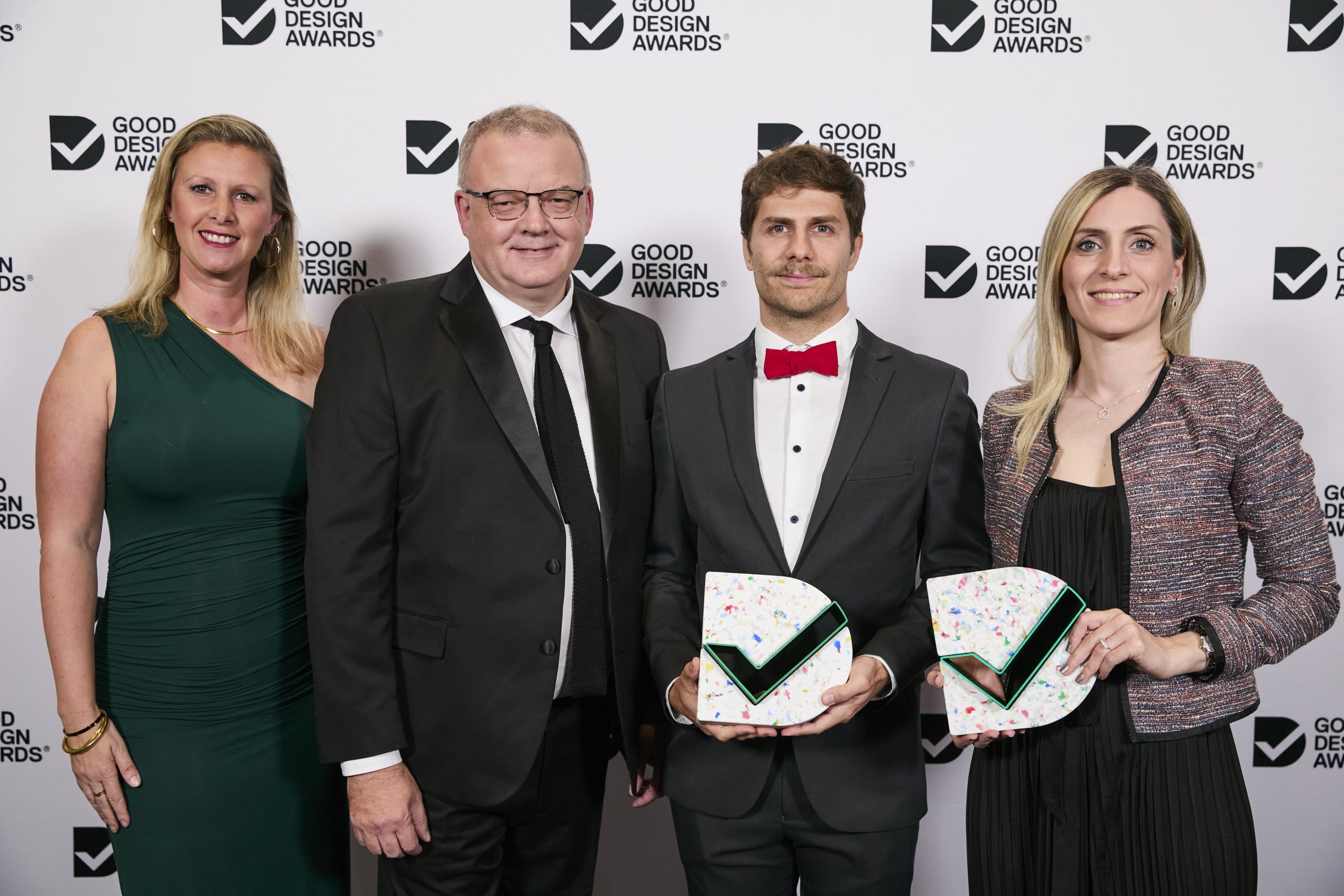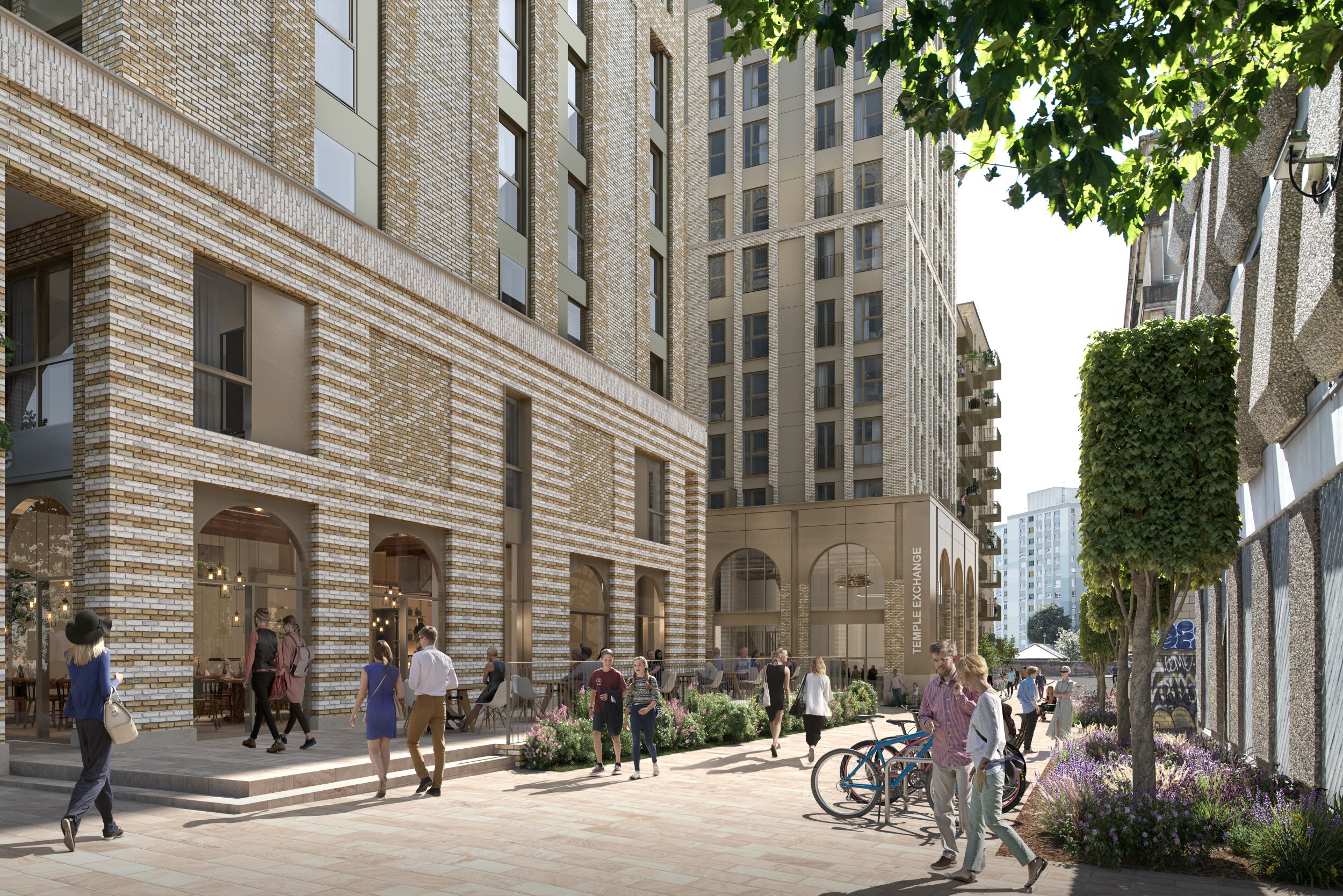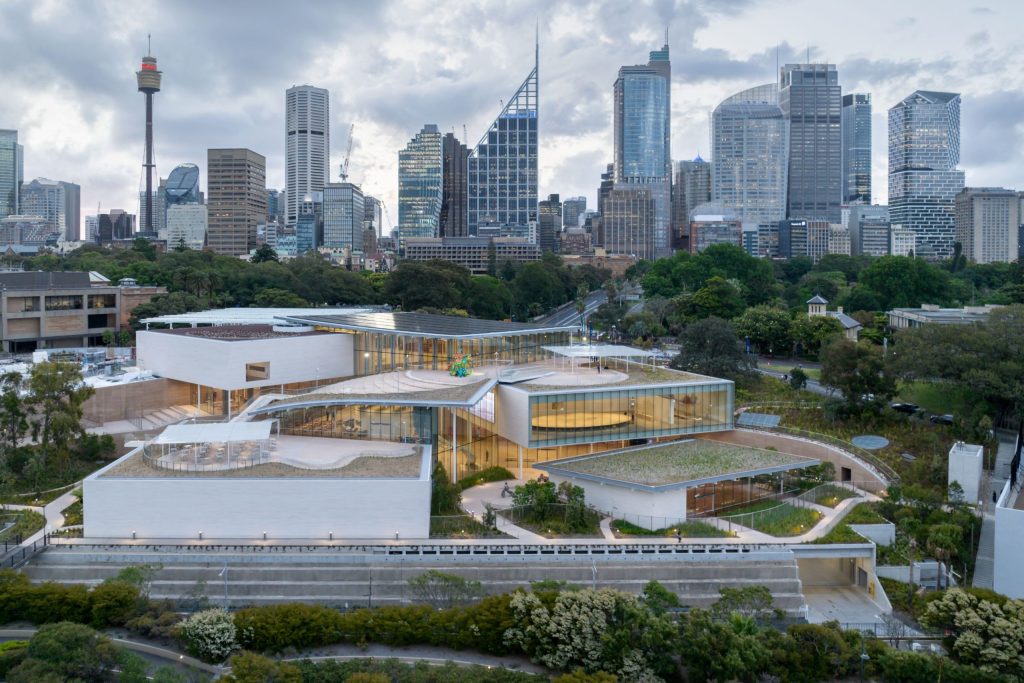The Inner West is expecting significant population growth and infrastructure investment over the next 20 years. Due to the density of the existing built environment, high land prices, and limited funding, Council will face challenges in providing new open spaces for the community. Innovative solutions are needed, such as the Blue-Green Grid.
This strategy aims to foster a shared understanding and relationship with Gadigal and Wangal Country, integrating cultural narratives and environmental values. It is a key project in Council’s Local Strategic Planning Statement, aiming to create interconnected open spaces for improved recreation, urban tree canopy expansion, enhanced ecological communities, and better hydrology.
The Blue-Green Grid includes 84 key routes connecting schools, open spaces, railway stations, and key points of interest across the Inner West. It will link to regionally significant spaces like the Green Way, Bay Run, and Rozelle Parklands. The strategy is informed by community engagement and a review of existing data and plans.
The Blue-Green Grid Strategy is an aspirational long-term plan to coordinate future grant funding and local projects. It will create new travel routes and contribute to the Greater Sydney Green Grid, as outlined in the Greater Sydney Region Plan and the Eastern City District Plan. The project was funded by the NSW Government
Year |
2023 |
|---|---|
Collaborators |
|


